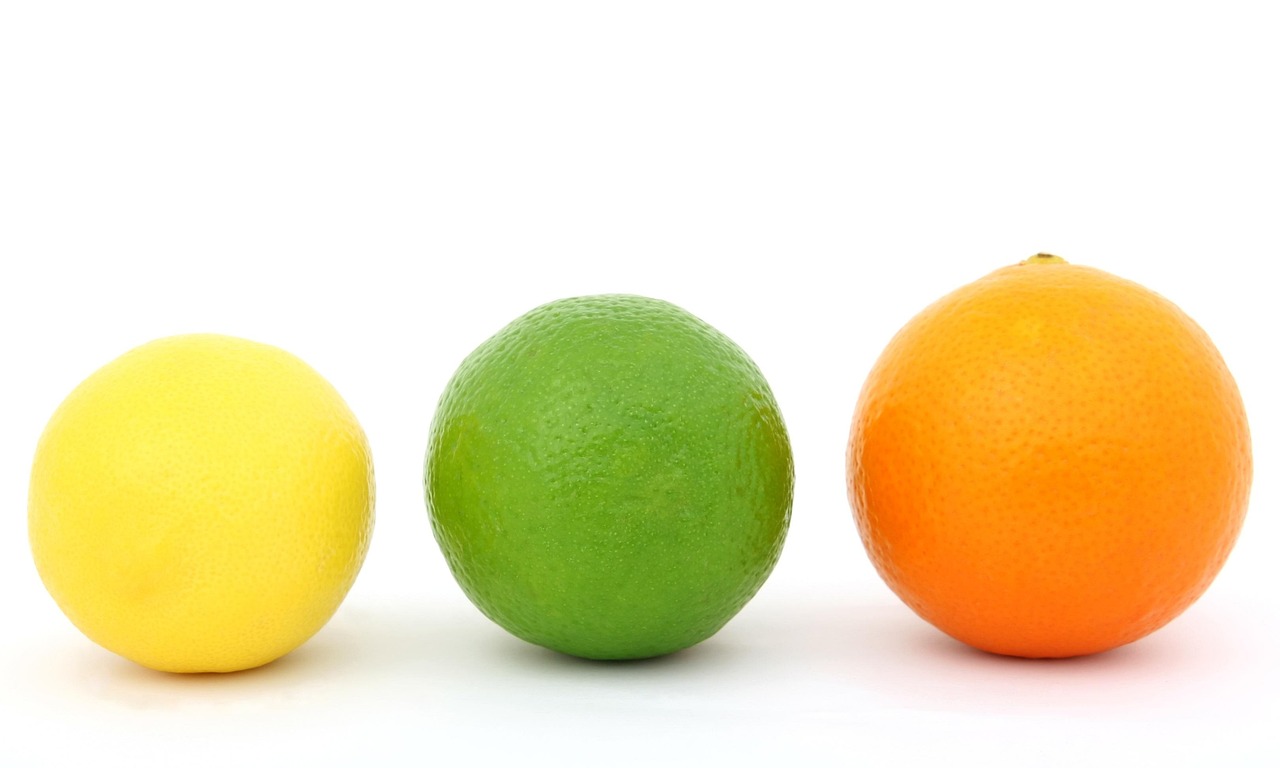The Investor Diary Entry #73: February 14, 2025
Risk Management in Forex Trading
Risk management is a fundamental aspect of forex trading, and one of the key elements of managing risk effectively is calculating the appropriate lot size for each trade. Choosing the right lot size helps control potential losses while optimizing profit potential. Many traders, especially beginners, overlook this aspect, leading to unnecessary risks and capital mismanagement.
In the path of knowing how learn risk management in Forex trading, I consider how to calculate Forex lot size as one of three crucial numbers in Forex trading money management strategies.
In this guide, we will explain for our own documentation, and for this diary readers as part of our journey on how to learn risk management in Forex Trading, and break down the process of calculating lot size in Forex trading, ensuring we can trade with confidence while maintaining strict risk management rules.
Understanding Lot Size in Forex Trading
A lot in forex trading refers to the standardized unit of trade size. The most common lot sizes are:
- Standard lot (1.0 lot) = 100,000 units
- Mini lot (0.1 lot) = 10,000 units
- Micro lot (0.01 lot) = 1,000 units
- Nano lot (0.001 lot) = 100 units
The lot size you choose determines the value of each pip movement, affecting both potential profits and losses. Understanding how to calculate the correct lot size based on your risk tolerance is crucial for smarter risk management.
The Importance of Calculating Lot Size

Calculating the correct lot size ensures that you do not risk too much capital on a single trade. Proper lot sizing helps you:
- Maintain a consistent risk percentage per trade
- Protect your account from significant drawdowns
- Control emotional trading by knowing your predefined risk level
- Adapt to different market conditions and currency pairs
By determining lot size based on risk percentage rather than guessing, you can maintain disciplined trading habits and long-term success.
Step-by-Step Guide to Calculating Forex Lot Size
1. Determine Your Account Balance and Risk Percentage
Most traders risk between 1% and 2% of their trading capital per trade. This ensures that a series of losing trades does not wipe out the account.
Example: If you have a $10,000 account and decide to risk 1% per trade, your maximum risk per trade would be:
$10,000 × 1% = $100 risk per trade
2. Identify the Stop-Loss in Pips
Stop-loss placement depends on your trading strategy, market structure, and volatility. For example, if your trade setup requires a 20-pip stop-loss, this will be used in your lot size calculation.
3. Calculate the Pip Value
Pip value varies depending on the currency pair and lot size. For most major pairs where the quote currency is USD, the pip value is:
- Standard lot (1.0) = $10 per pip
- Mini lot (0.1) = $1 per pip
- Micro lot (0.01) = $0.10 per pip
If trading a USD-based pair with a standard account, the pip value remains constant. However, for pairs where USD is not the quote currency, pip value calculations may vary.
4. Use the Lot Size Formula
The formula for calculating lot size is:
Lot Size = (Risk Amount) ÷ (Stop-Loss in Pips × Pip Value)
Using the previous example:
- Risk amount = $100
- Stop-loss = 20 pips
- Pip value = $10 per pip (for a standard lot)
Lot Size = $100 ÷ (20 × $10) = 0.5 lots
This means the trader should enter a position with 0.5 standard lots to maintain proper risk management.
Adjusting Lot Size Based on Account Size
As account balances fluctuate, lot size adjustments should be made to maintain a consistent risk percentage. If your account grows, you can gradually increase position sizing. Conversely, if losses occur, reducing lot size prevents significant drawdowns.
Adapting Lot Size to Leverage
Leverage affects lot size indirectly by determining margin requirements. While leverage allows traders to control larger positions with smaller capital, excessive use of leverage increases risk. Using proper lot sizing with controlled leverage ensures sustainable trading practices.
Common Mistakes in Lot Sizing
- Ignoring Risk Percentage – Many traders enter random lot sizes without considering risk per trade, leading to inconsistent results.
- Using Fixed Lot Sizes for Every Trade – Market conditions vary, so adjusting lot size based on stop-loss distance is essential.
- Neglecting Account Growth or Drawdown – Not adjusting lot size according to account changes can lead to overexposure.
- Miscalculating Pip Value for Non-USD Pairs – Some traders fail to adjust pip value calculations for currency pairs where USD is not the quote currency.
Practical Example of Lot Size Calculation
Let’s apply this knowledge to a real trade example:
- Account balance: $5,000
- Risk percentage: 2%
- Maximum risk per trade: $5,000 × 2% = $100
- Stop-loss: 30 pips
- Pip value for mini lot: $1 per pip
Lot Size = $100 ÷ (30 × $1) = 0.33 mini lots
This means the appropriate lot size for this trade is 0.33 mini lots (or 33 micro lots).
Now let us look at how I calculate Forex Lot Size using a simple calculator tool in this video.
Final Thoughts
Calculating the correct forex lot size is a critical part of effective risk management. By using a structured approach to determine lot size based on account balance, risk percentage, stop-loss, and pip value, traders can protect their capital and trade more consistently.
Whether you are trading on a demo account or live market, practicing disciplined lot sizing will help you stay in control and improve your long-term profitability. Implementing these calculations into your trading routine ensures that every trade aligns with a well-defined risk management plan.
If you want to follow the series here is the sequence.
How To Learn Risk Management in Forex Trading
Calculate Forex Lot Size (This Article)
We are still adding to the series
The Investor
Friday 14 February 2025
About The Author
I started to look into individual stocks in January 2022. I created this diary initially for myself to track my investing progress, and second, as a place where I can share my ideas publicly hoping that others will share their ideas and learn from each other, and lastly as an online business where some links that I share are affiliate links, and if anybody bought anything by clicking those links, I will get a commission based on that successful sale, which of course will not affect the price that you are buying the product or service at.
For more detailed information on my affiliate disclosure please refer to the Full Affiliate Disclosure page.
Furthermore, this site is in no way or form giving any financial or investing advice, nor it is encouraging or discouraging people to buy or sell any financial instrument. This is a personal diary in which I track my own progress and share it for informational, educational, and entertainment purposes.


Hi there. Thanks for the clear and useful post on how to calculate Forex lot size. I found this a great explanation of what can be a confusing topic. I recently ventured into Forex trading and have a small personal account with Pepperstone that I like to tinker with. I’m only a beginner but your post has helped explain some of the intricacies of lot size which I have found problematic in the past. Due to the small amount of capital I am using, I’m only really using 0.1 – 0.2 lot sizes at the moment but I know that I could try for a funded account using larger amounts.
One question I have is that do these calculations apply to all currency pairs? I heard that it can vary and some currencies require such huge minimum lots that they are out of my reach at the moment.
Wow, thank you very much for sharing your experience.
Actually the lot sizes that you use are much larger than the ones I use, I only use between between 0.01 to max 0.1 and I rarely have the chance to reach 0.1.
Also bear in mind that I am refusing to move to a live account until I achieve the goals I have set for myself using a demo account.
To your question, yes, pip value can differ with different currency pairs. This is why I use a Lot size calculator so that I don’t bother my mind with these details. I have shown the tool in the video inside the article, and I have linked to it as well. It is a free tool.
Forex trading can seem very complicated but once you understand what it is about, you can see how people can seize opportunity and become richer and richer everyday. However, you shouldn’t think that it’s a get rich quick scheme because you cannot beat the market at all times…Even Warren Buffett can’t! However, I agree that you should protect your capital at every corner. And that’s how you can use Forex lots! Thanks for the information as it was very useful!
Thank you angelce I am glad that you found it helpful and useful. I am trying as much as I can to provide information that will help others if they are thinking of establishing a revenue stream through trading.
Thanks for this clear explanation of how to calculate the lot size in relation to the risk tolerance of the account. Risk management rules are, I suspect, one of the hardest things to master when it comes to trading, mostly for psychological reasons. The step-by-step examples helped me understand how to calculate correctly so that the capital is protected. Great read!
Thank you MD for your comment. Yes, the lot size is one of three very crucial numbers in Forex trading risk management. I have written a separate article that includes all three numbers.